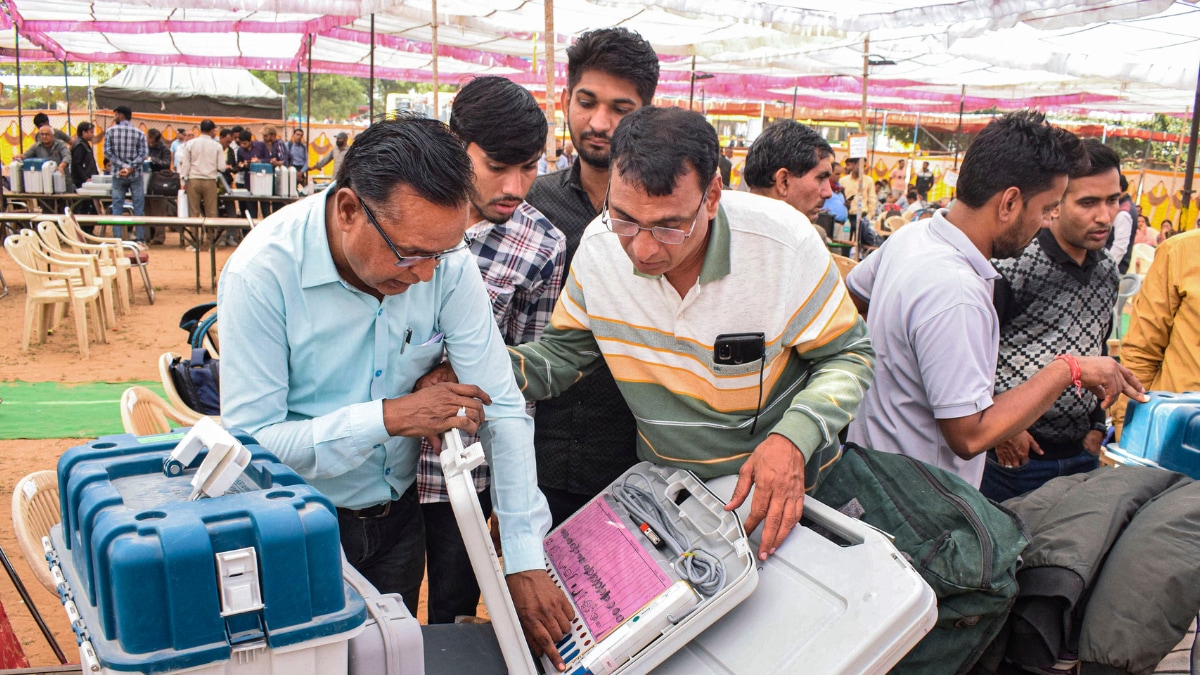
- Select a language for the TTS:
- UK English Female
- UK English Male
- US English Female
- US English Male
- Australian Female
- Australian Male
- Language selected: (auto detect) - EN
Play all audios:
The second wave of acute trusts to be inspected by the Care Quality Commission has been announced this morning. Nine of the 19 trusts to be inspected in January have been identified as
posing the highest risk under the CQC’s new “intelligent monitoring system”. Under the system, which was described by a commission spokesman as being “a work in progress”, about 150
performance indicators relating to patient experience, staff experience and performance are monitored by the regulator. Trusts’ overall performance is assessed every three months, placing
them into a banding which takes into account the latest data. There are six bandings, with 1 indicating the highest risk and 6 the lowest. The list of high risk trusts has thrown up some
surprises, with trusts such as Royal Berkshire Foundation Trust and Homerton University Hospital Foundation Trust placed in band 1, having previously been considered to be performing well.
The second wave of trusts was partly selected through the intelligent monitoring results. The band 1 trusts included in the January inspections are those that were not included in the first
wave or investigated in Sir Bruce Keogh’s review of those which were outliers in mortality rate data. Academics, acute trusts and organisations such as the Foundation Trust Network were
consulted to help draw up the indicators. The monitoring model gives more weighting to the concerns of whistleblowers and patients, expanding the assessment beyond mortality rates as a key
indicator of hospital performance. CQC’s chief inspector of hospitals professor Sir Mike Richards said: “As a doctor, I liken intelligent monitoring to a screening test; our inspection
combined with intelligent monitoring provides the diagnosis, following which we make a judgement, which will in turn lead to action. He added: “Our intelligent monitoring helps to give us a
good picture of risk within trusts, showing us where we need to focus our inspections. We aim to publish the results at regular intervals. They will provide the basis for constant contact
with NHS hospitals and other NHS organisations, and may lead to inspections in response to particular issues.” A spokesperson for Foundation Trust Network said the surveillance data was “an
important step to restoring trust in the regulator by both the patients and the NHS”. However, he added: “There will be nervousness that the data and its purpose will be misunderstood
outside the NHS and it will be important for all parts of the NHS and the CQC to work hard to explain what it means and how it will be used. This data alone is not a judgement or a formal
‘rating’ for the trust and CQC is right to say they will inspect services at first hand before coming to those conclusions.” BAND 1 TRUSTS University Hospitals of Leicester Trust Aintree
University Hospital Foundation Trust Heatherwood and Wexham Park Hospitals Foundation Trust Northampton General Hospital Trust Leeds Teaching Hospital Trust Royal Berkshire Foundation Trust
Homerton University Hospital Foundation Trust FOUNDATION TRUST ASPIRANTS St George’s Healthcare Trust (Band 6) Oxford University Hospitals Trust (Band 3) Royal Cornwall Hospitals Trust
(Band 3) Hull and East Yorkshire Hospitals Trust (Band 2) KEOGH INSPECTION FOLLOW-UPS Dudley Group Foundation Trust (Band 4) Blackpool Teaching Hospitals Foundation Trust (Band 2) Basildon
and Thurrock University Hospitals Foundation Trust (Band 1) Buckinghamshire Healthcare Trust (Band 1) “INTERMEDIATE” TRUSTS Lewisham and Greenwich Trust (Band 2) University Hospitals of
Morecambe Bay Foundation Trust (Band 5) East Kent Hospitals University Foundation Trust (Band 3) Peterborough and Stamford Hospitals Foundation Trust (Band 6)








